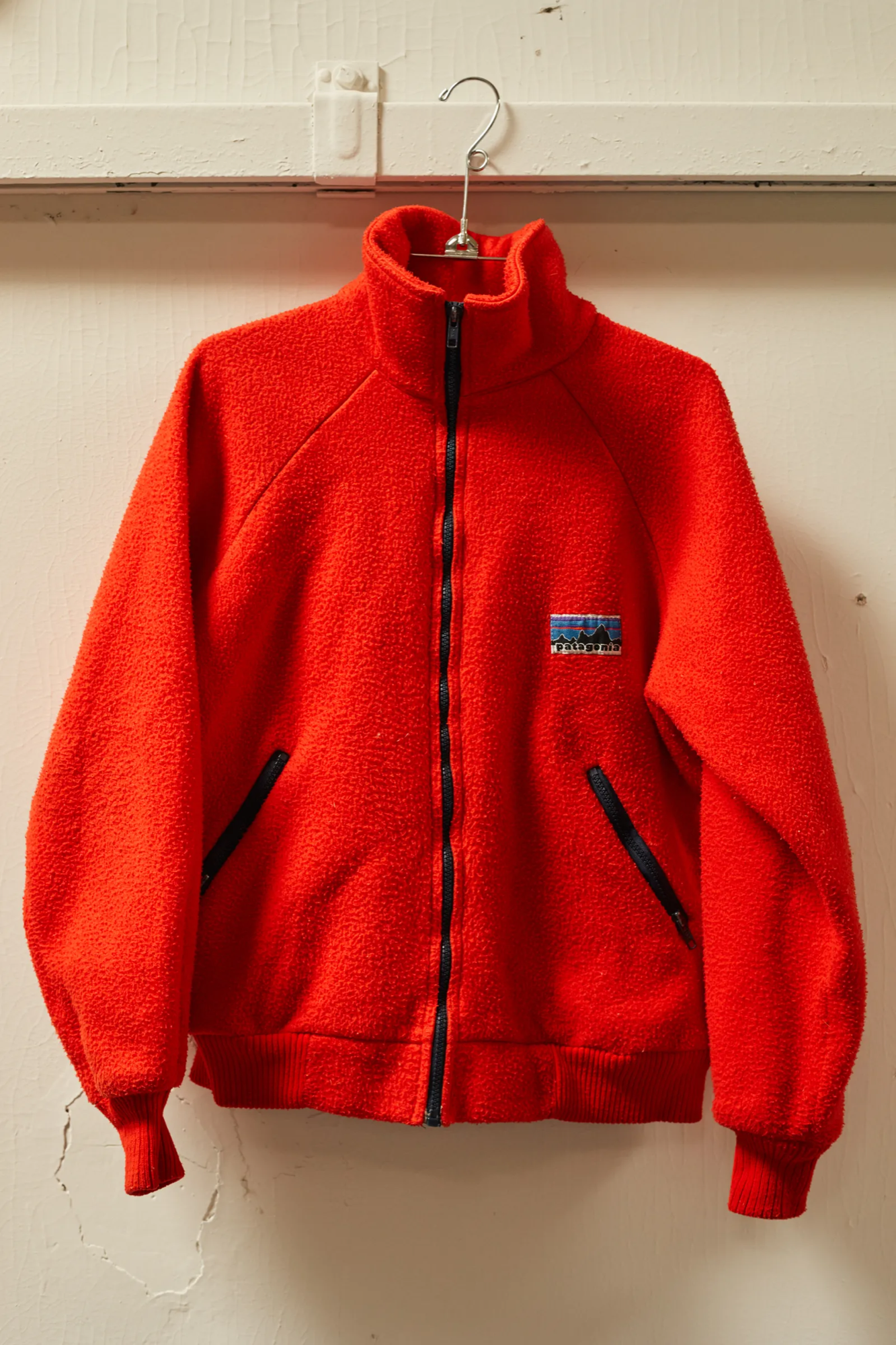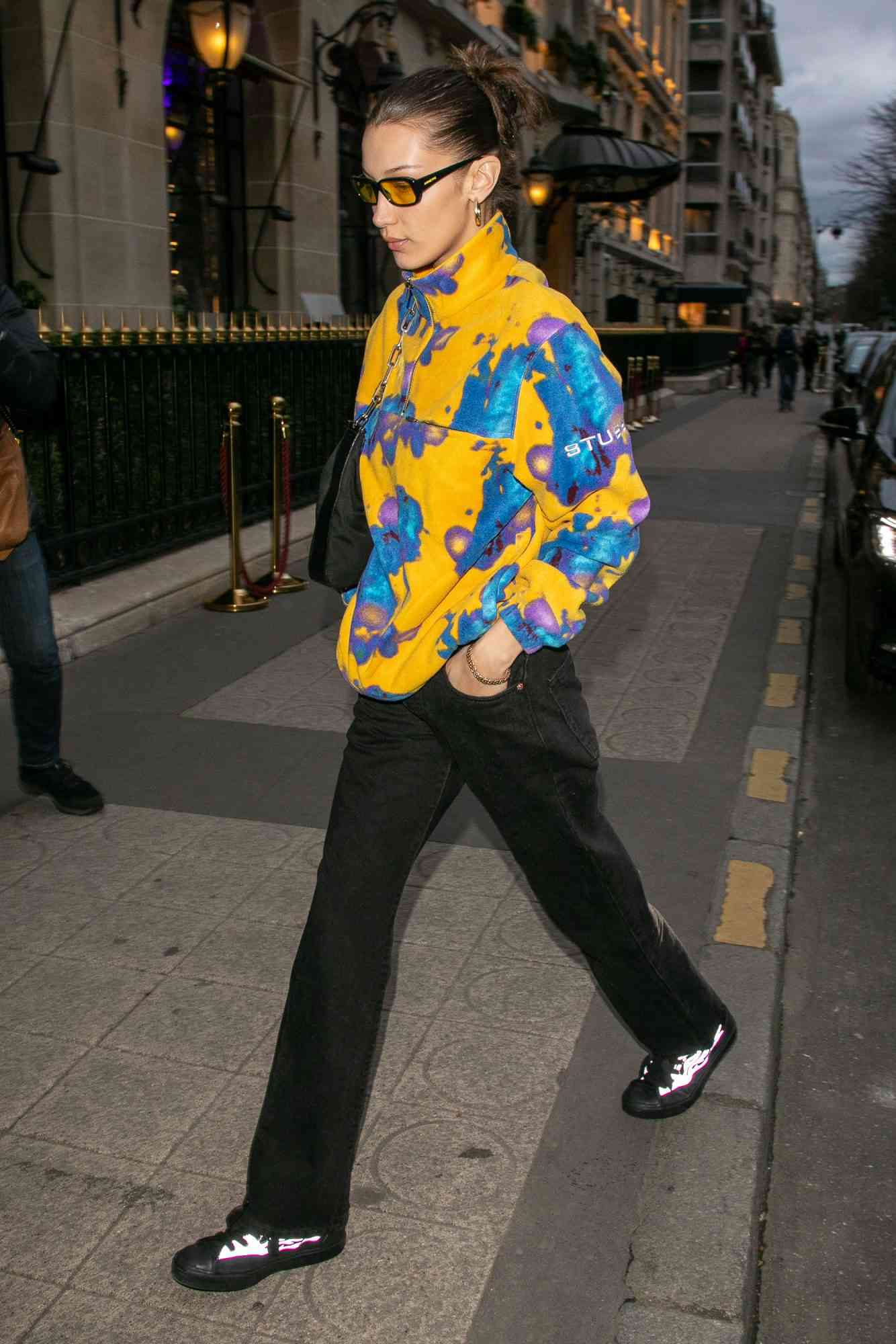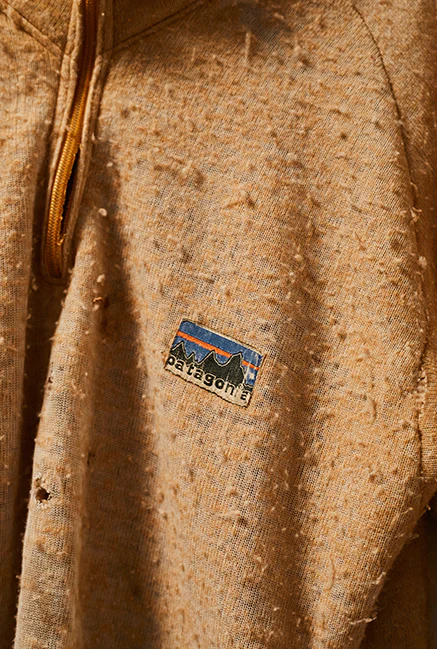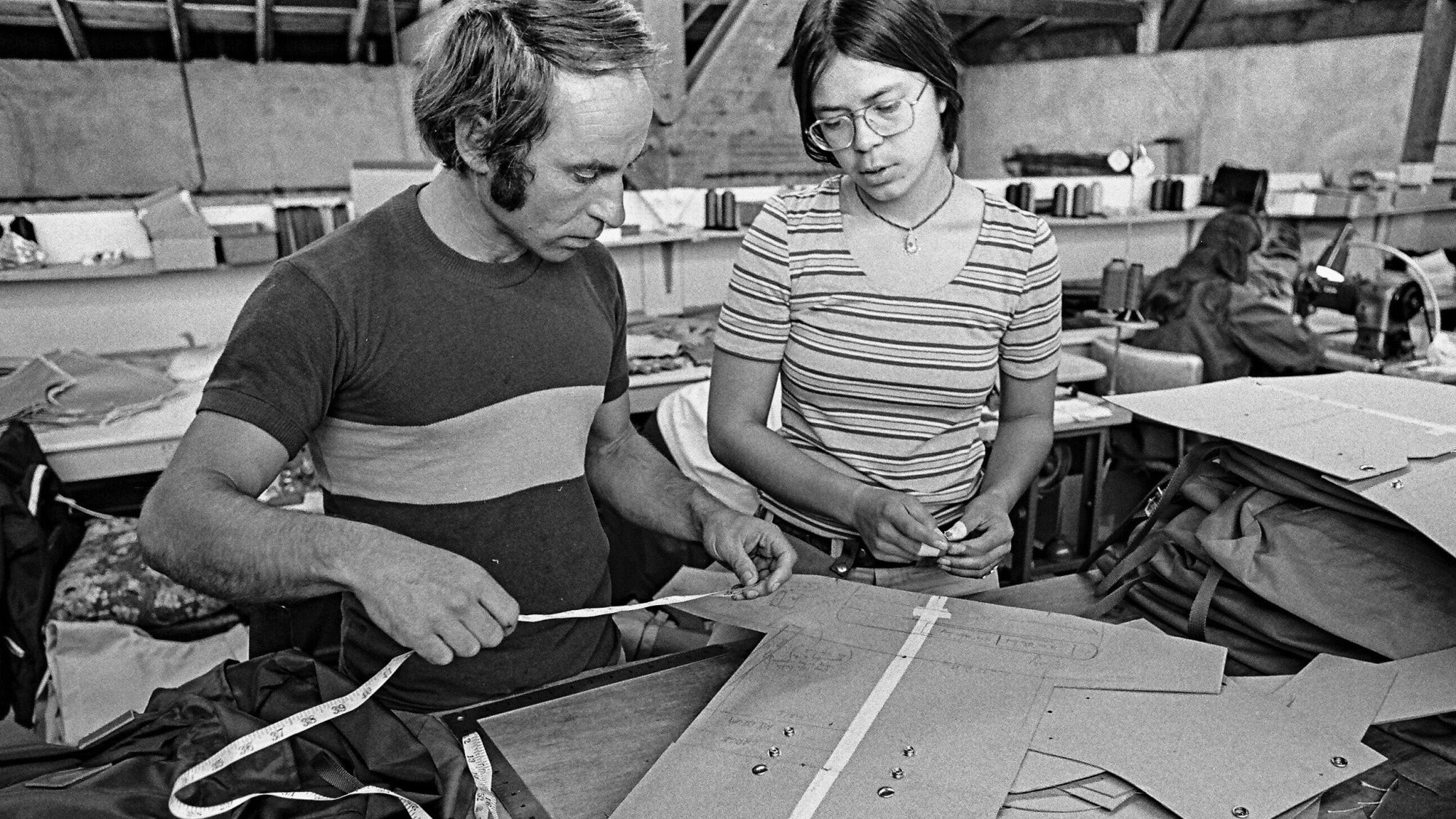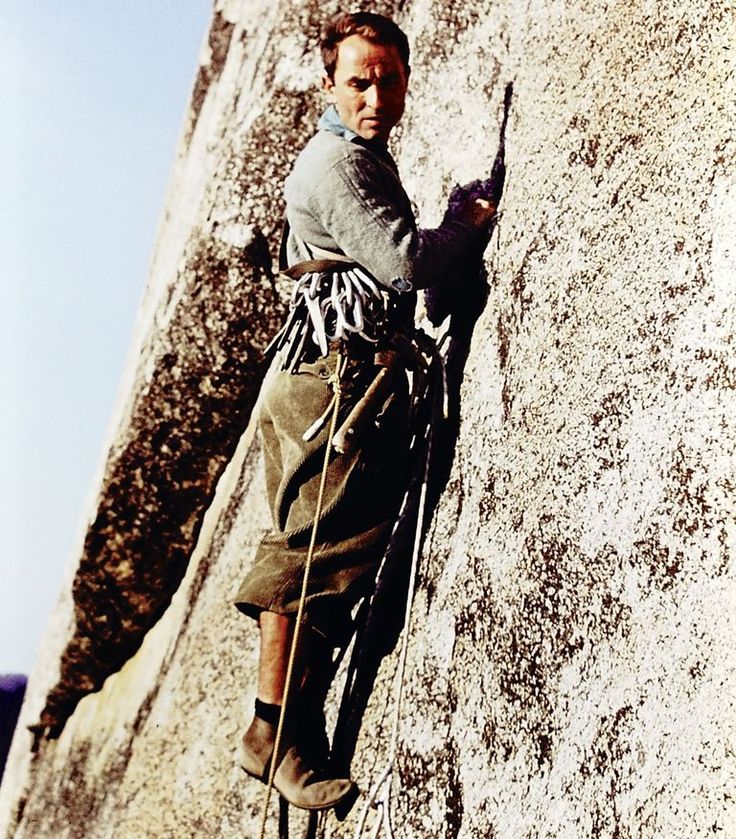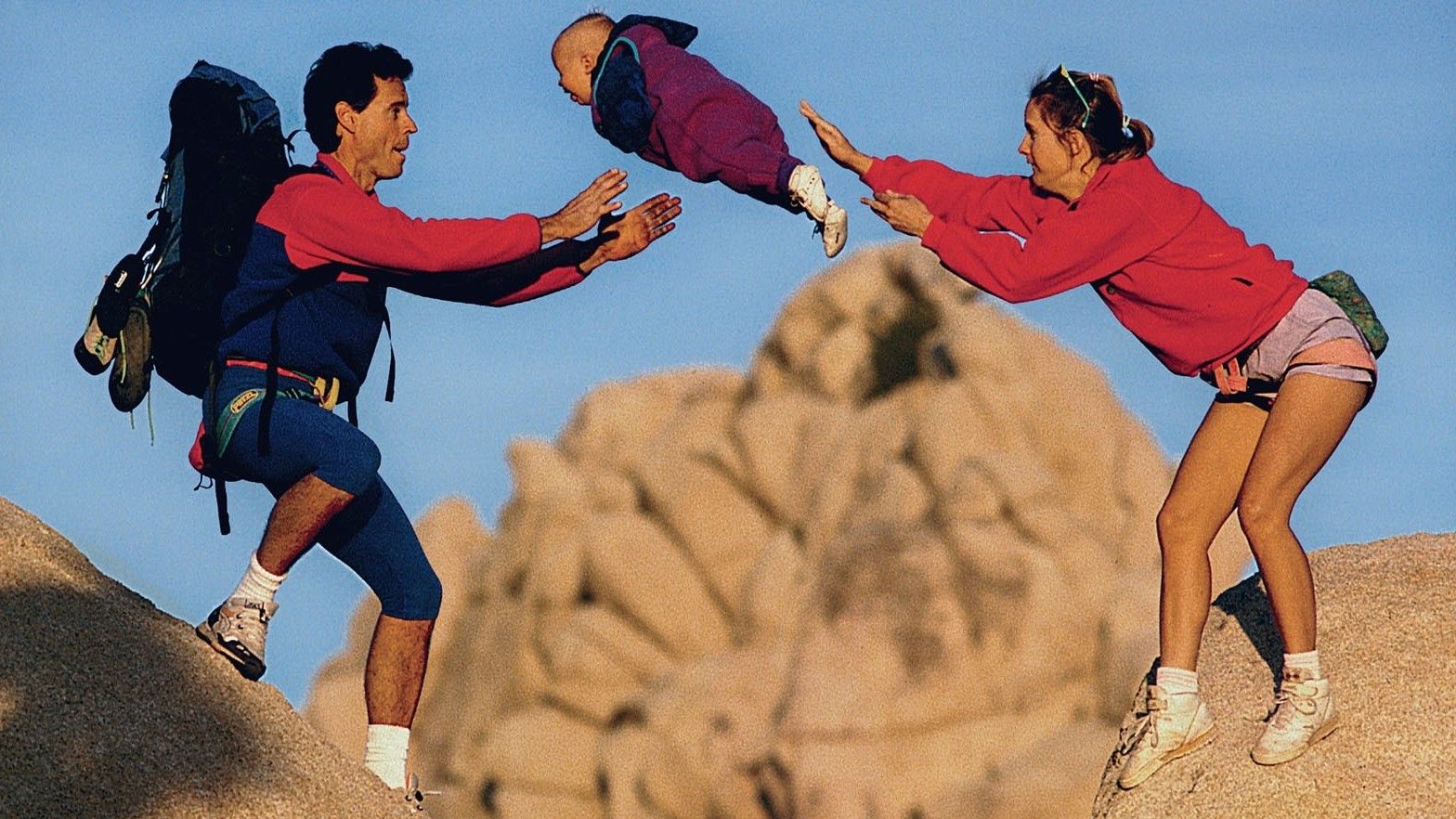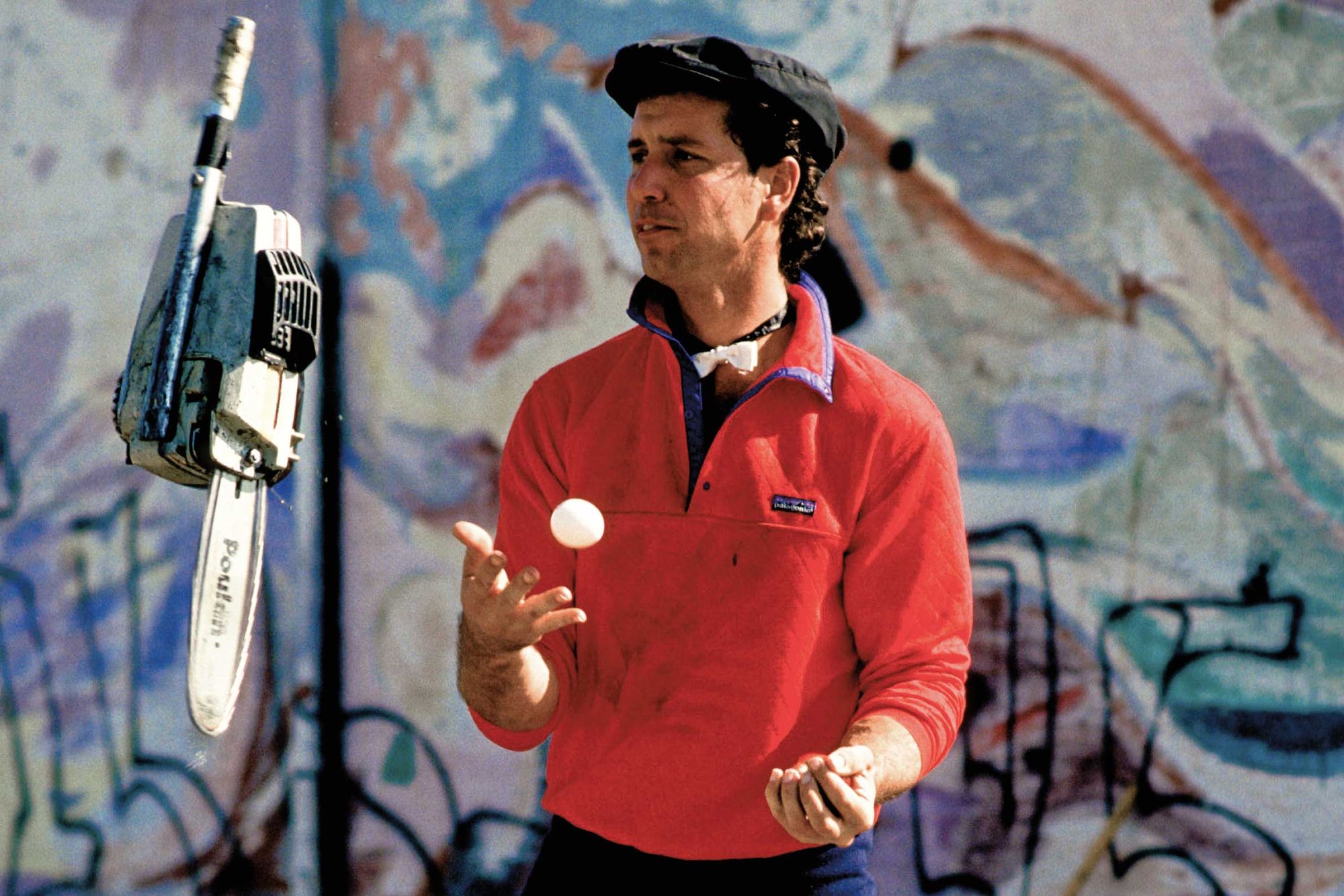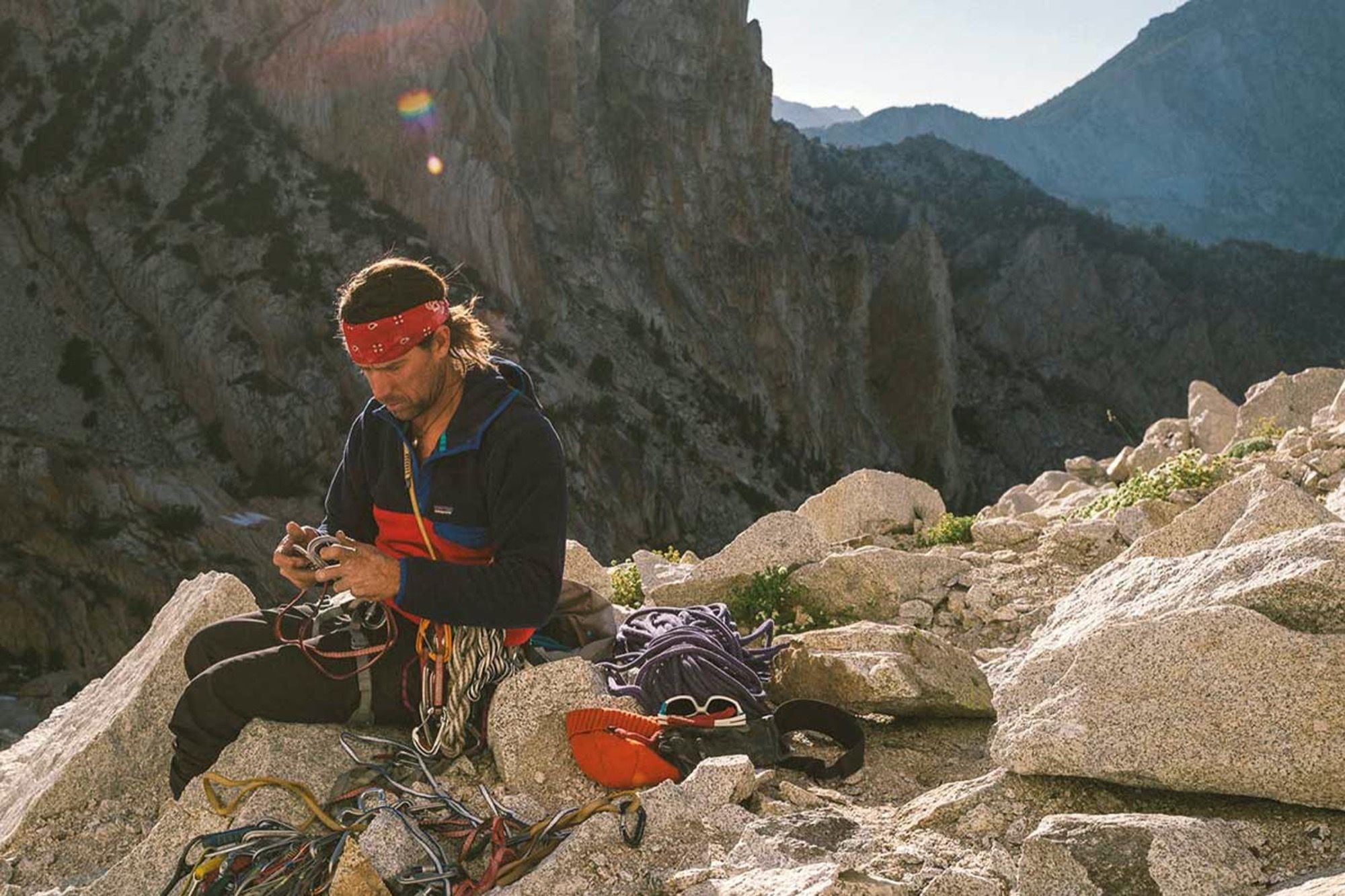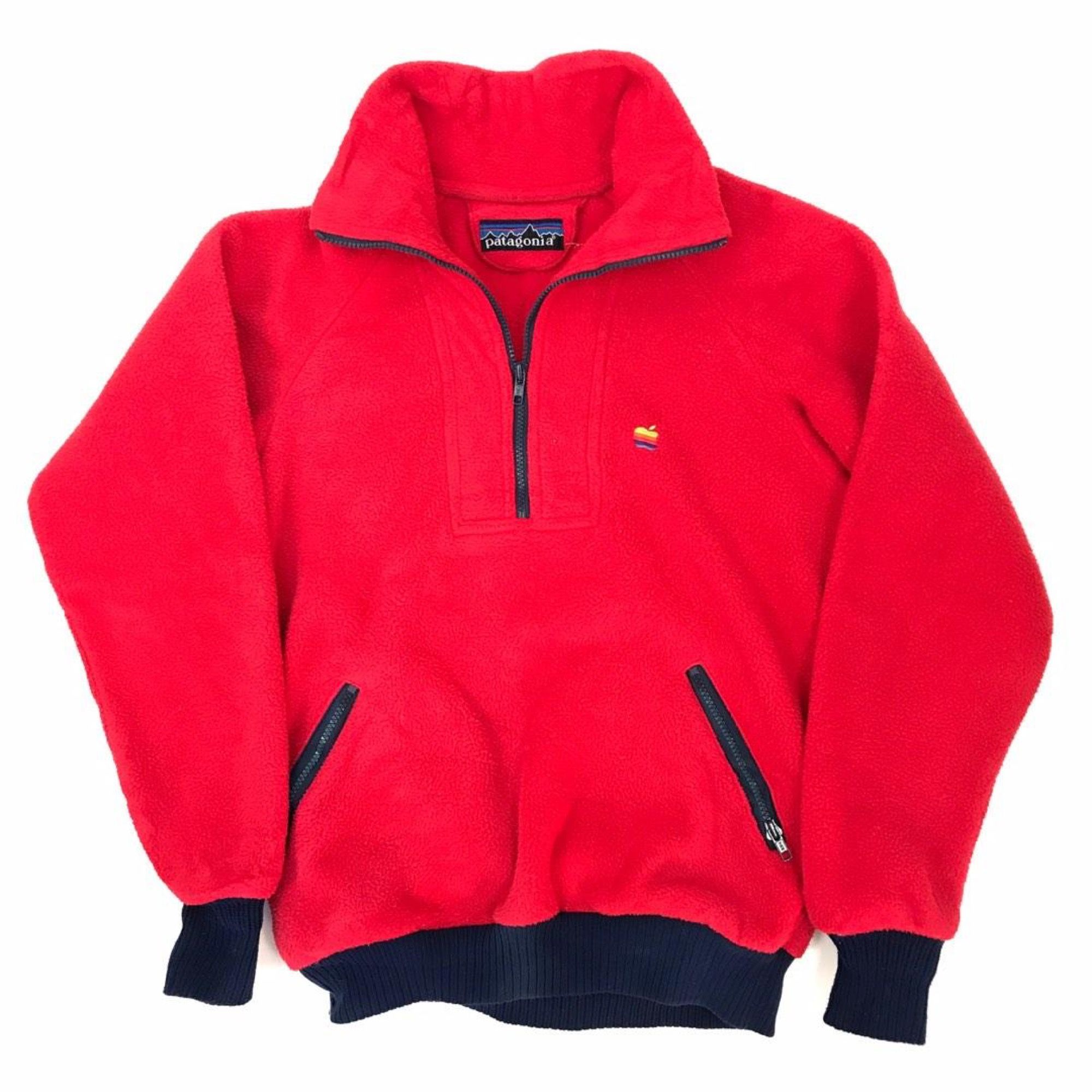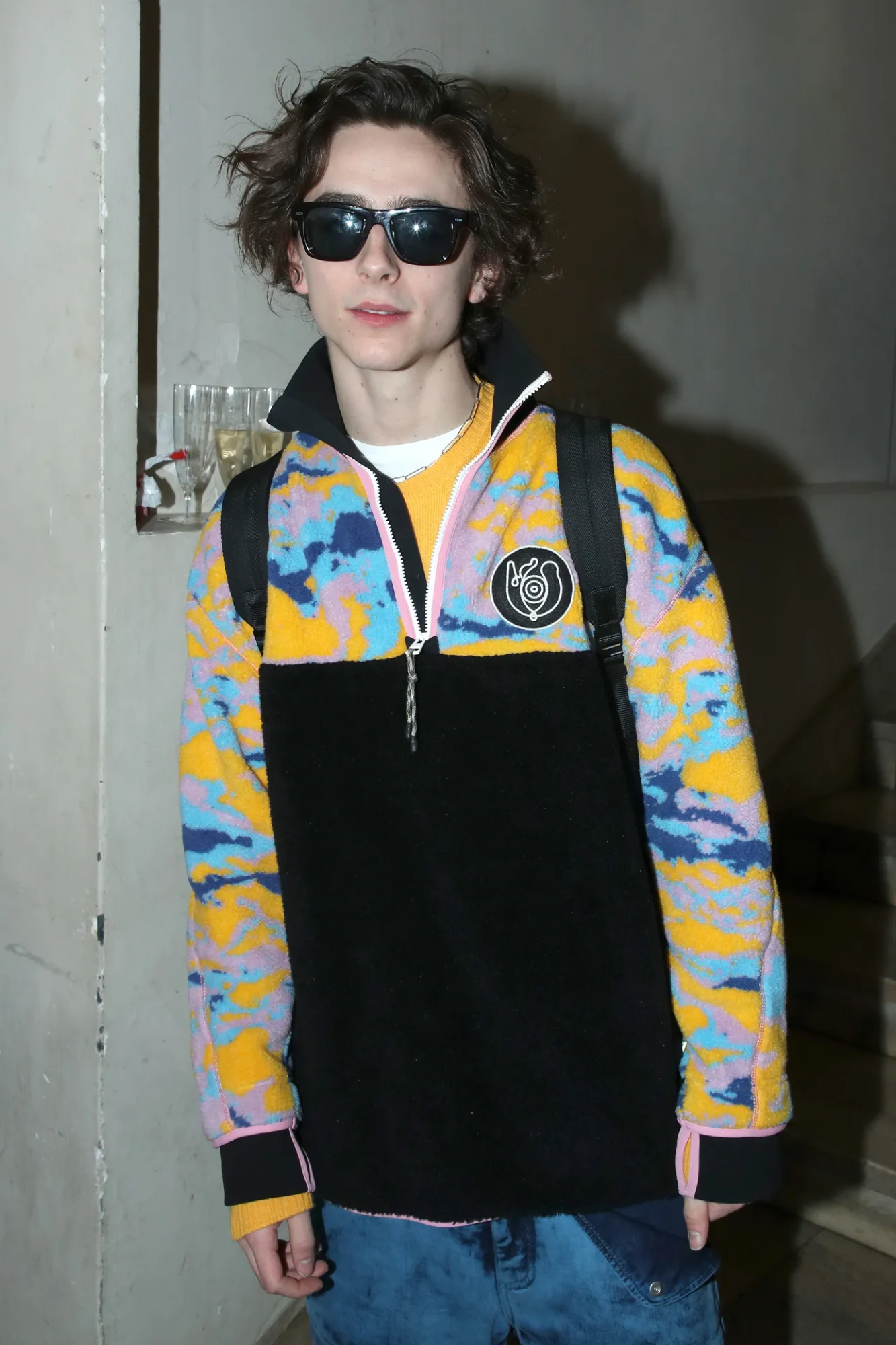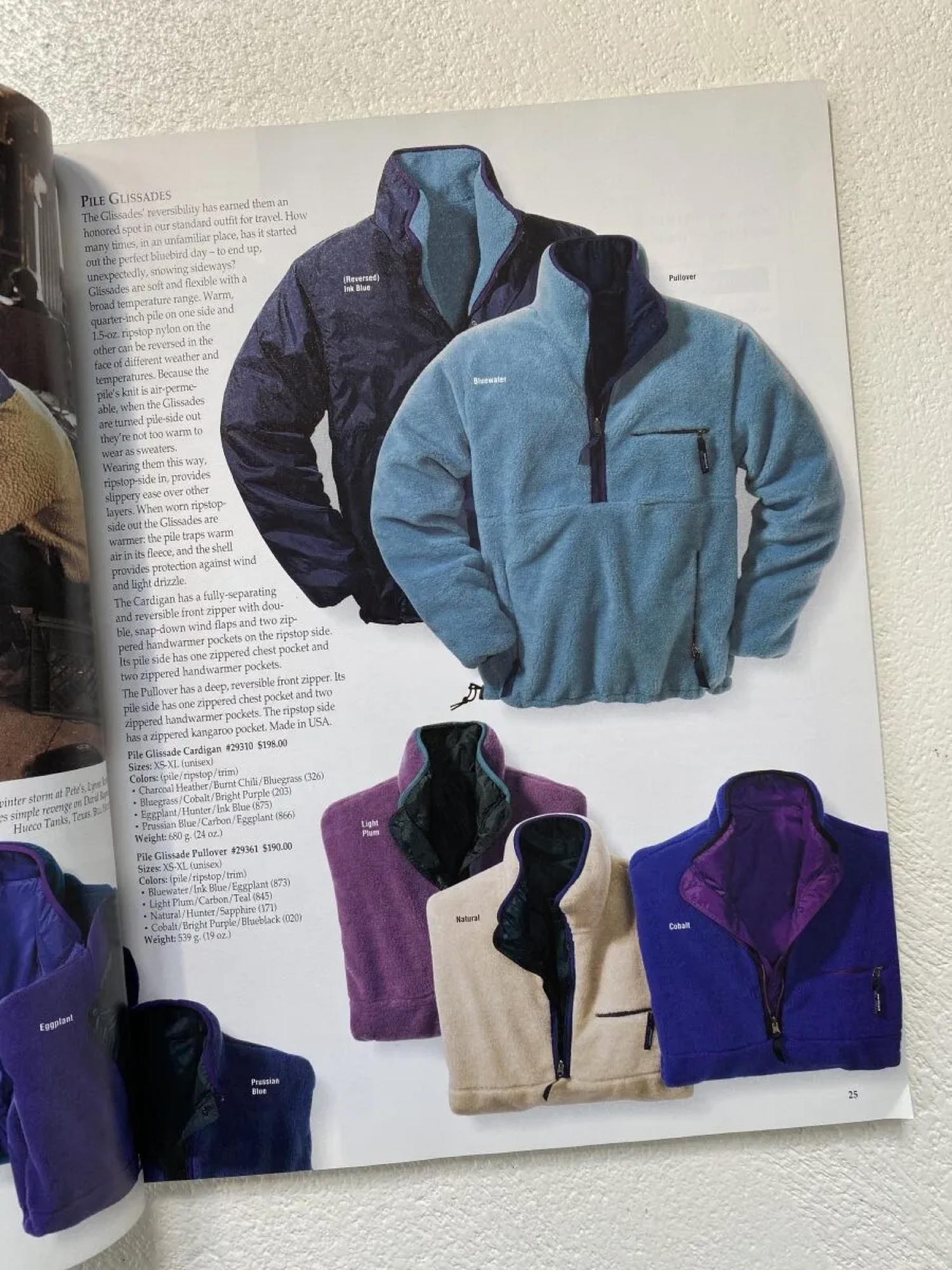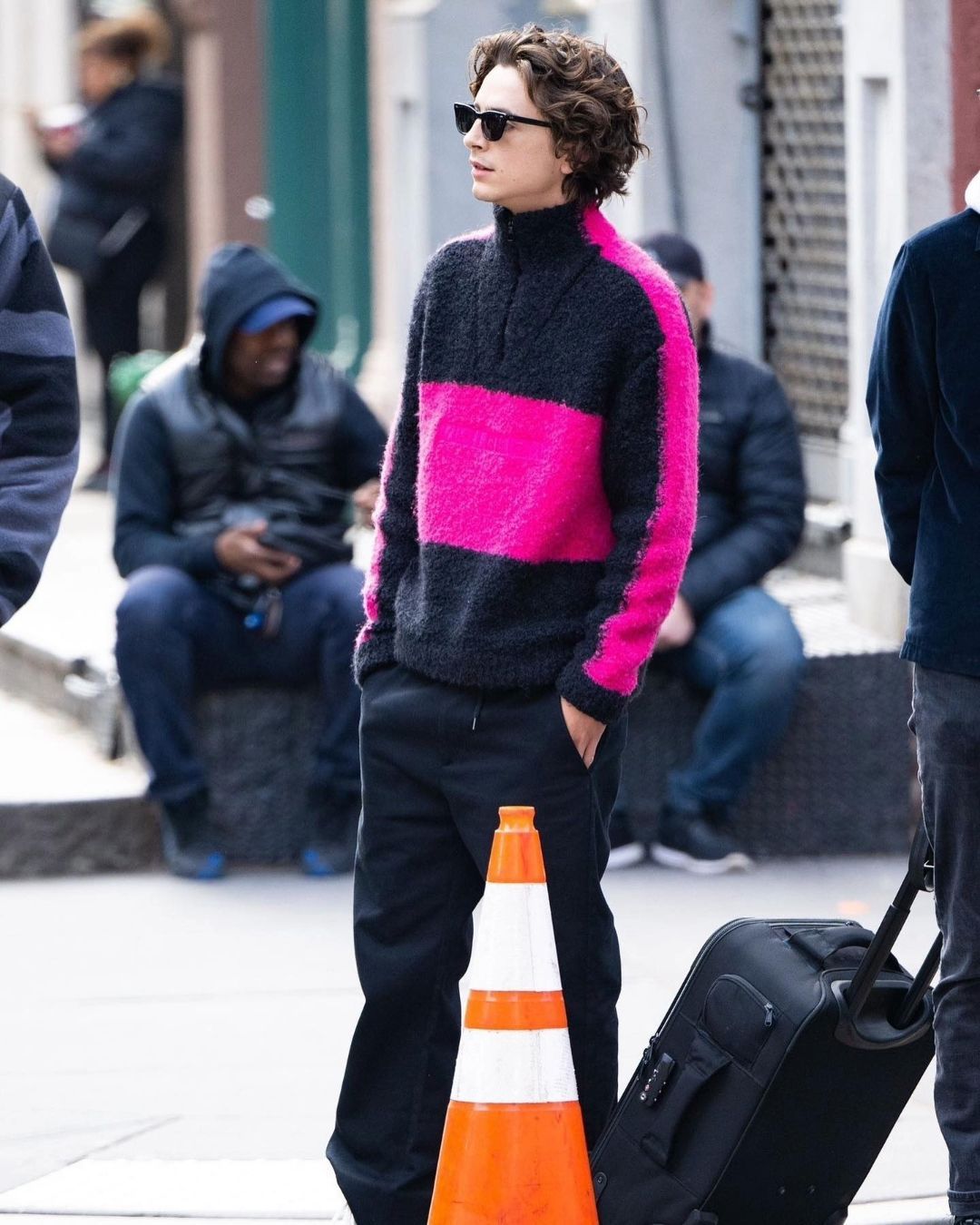
How fleece became one of the most popular items ever The credit goes (almost) entirely to Patagonia
The cold is knocking at our doors, and as every year, we find ourselves deciding what to wear in this period of challenging temperatures. An essential item in our wardrobe, as well as a precious ally for the biting weather that has returned to trend in recent years, is the fleece: from its classic jacket version to its pullover version, like the iconic Synchilla by Patagonia (often worn by Shia Labeouf or Kendall Jenner), to more particular versions like those signed by Nike ACG. But when did fleece originate, and how did it establish itself as a genderless and cross-generational garment? To answer this question, we need to take a step back in time to the 1970s. In the past, fleece represented everything men did not want to wear: a simple fleece sweater, preferred by fishermen and the elderly, as it was specifically associated with outdoor activities. Later, in the mid-1980s, thanks in part to the rediscovery of their grandparents' wardrobes, even fleeces made from raw and thick but comfortable and warm cotton or wool became fashionable. But the credit for modern fleece goes to Patagonia. Yvon Chouinard, the founder of the brand, recounts in the pages of his book "Some Stories" that he drew inspiration from fishermen's wool sweaters (the so-called fisherman knit) to create a garment that would remain crystallized in collective memory for decades to come. It was among his favorite garments: warm, comfortable, and with a beautiful texture. The only drawback? A garment that is difficult to wash and dry.
And so began the search for a worthy substitute: the goal was to create a garment with a material capable of retaining warmth but less thick. In the early samples produced by Patagonia, a very low-quality fleece was used: the inspiration came from a fabric found randomly within the walls of a outlet in Canada. From there, the search for the perfect fabric continued, and the choice fell on a material fortuitously found in a warehouse in Los Angeles, used to make tablet covers, humble but with an interesting texture. To bring the garment to life, Patagonia, in the following months, began collaborating with Malden Mills, a textile company that many today know by the name Polartec. Thus, the Patagonia Fleece was born, which quickly became a must-have for outdoor protection, perfect for layering with a jacket and rain shell. However, the garment was made with synthetic fibers from fossil fuels, a production choice that went completely against the brand's heritage. This led to a new search, this time for a material that was not only functional but also ecological. In 1993, Patagonia became the first brand to use recycled plastic to produce synthetic fibers, often present in fabrics despite the limited technology of the time. The first fully recycled fleeces were, in fact, green, a result of recovering plastic bottles of that color for the creation of the fabric.
Moving forward in time, Patagonia began introducing recycled wool from old, unused garments. In the 1990s, fleece started permeating mainstream culture thanks to companies (not necessarily linked to the outdoor world, such as Ralph Lauren) that created their own versions without, however, reaching the quality and functional standards of Patagonia. Towards the end of this decade, fleece officially became mainstream, entering the realm of office wear: the model, complete with personalized embroidery on the chest, became the uniform for employees in many companies - Apple being a historical example. In the same years, Patagonia halted the supply of fleece to companies that didn't pay attention to environmental dynamics, a guiding principle for the company founded by Chouinard. The rest is history: the story tells us how Patagonia's innovation was not only brilliant but also futuristic. Last year, fleece was the flagship for Stüssy with the famous 8 Ball Sherpa, among the most coveted items among the cool kids. Thanks to the layering trend, the ability to skillfully layer various garments into a single outfit, fleece has become a key element in everyday outfits, celebrities included.










































